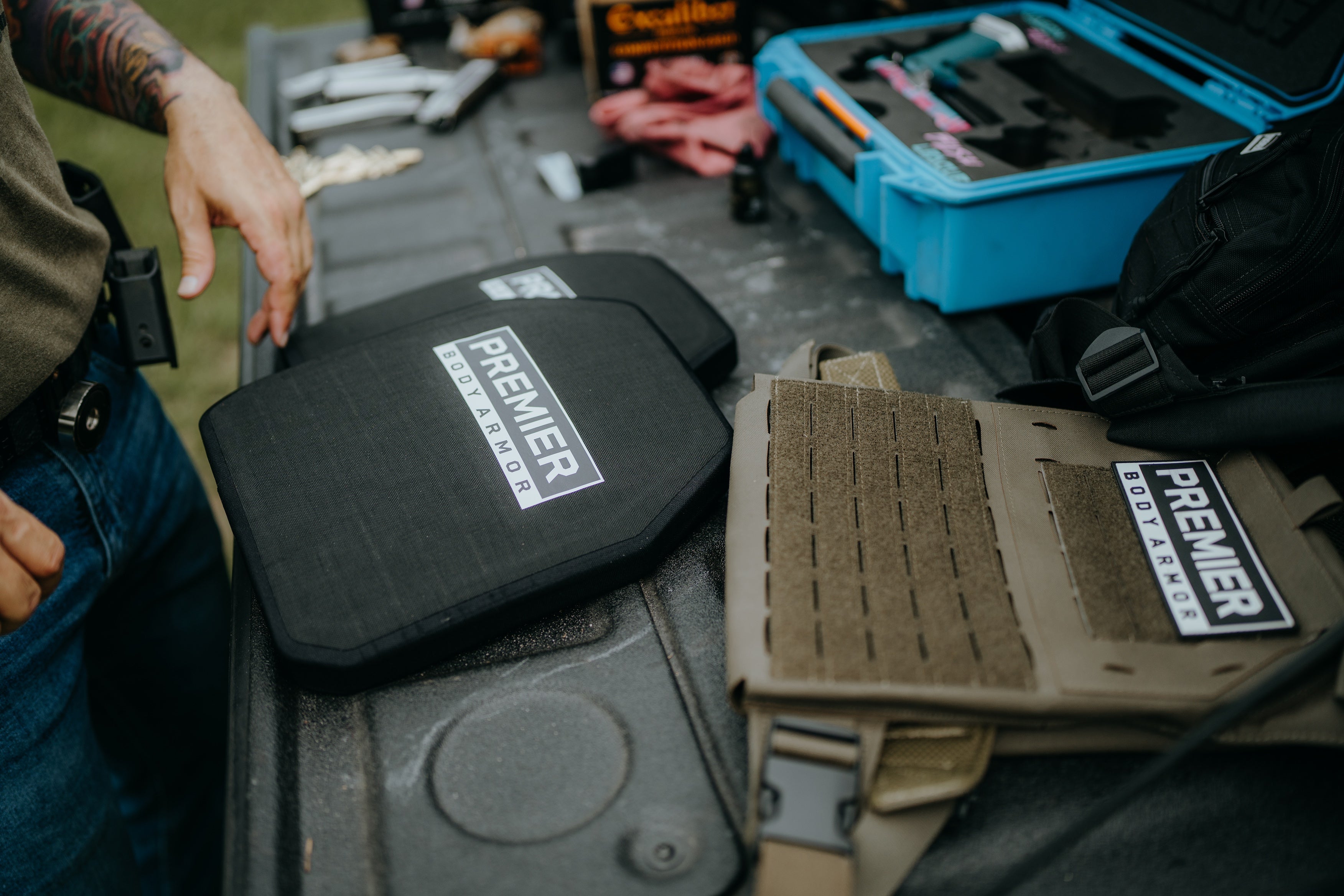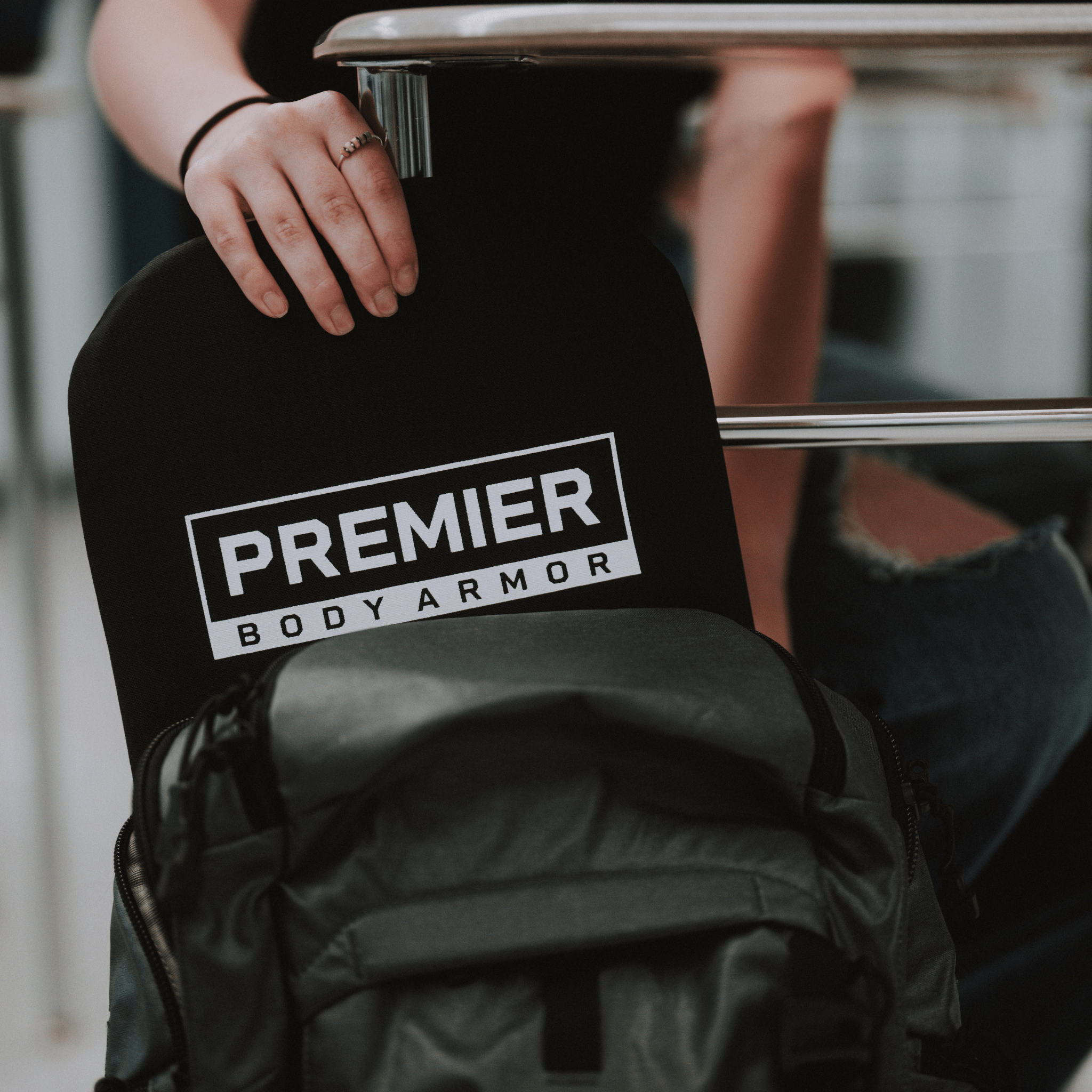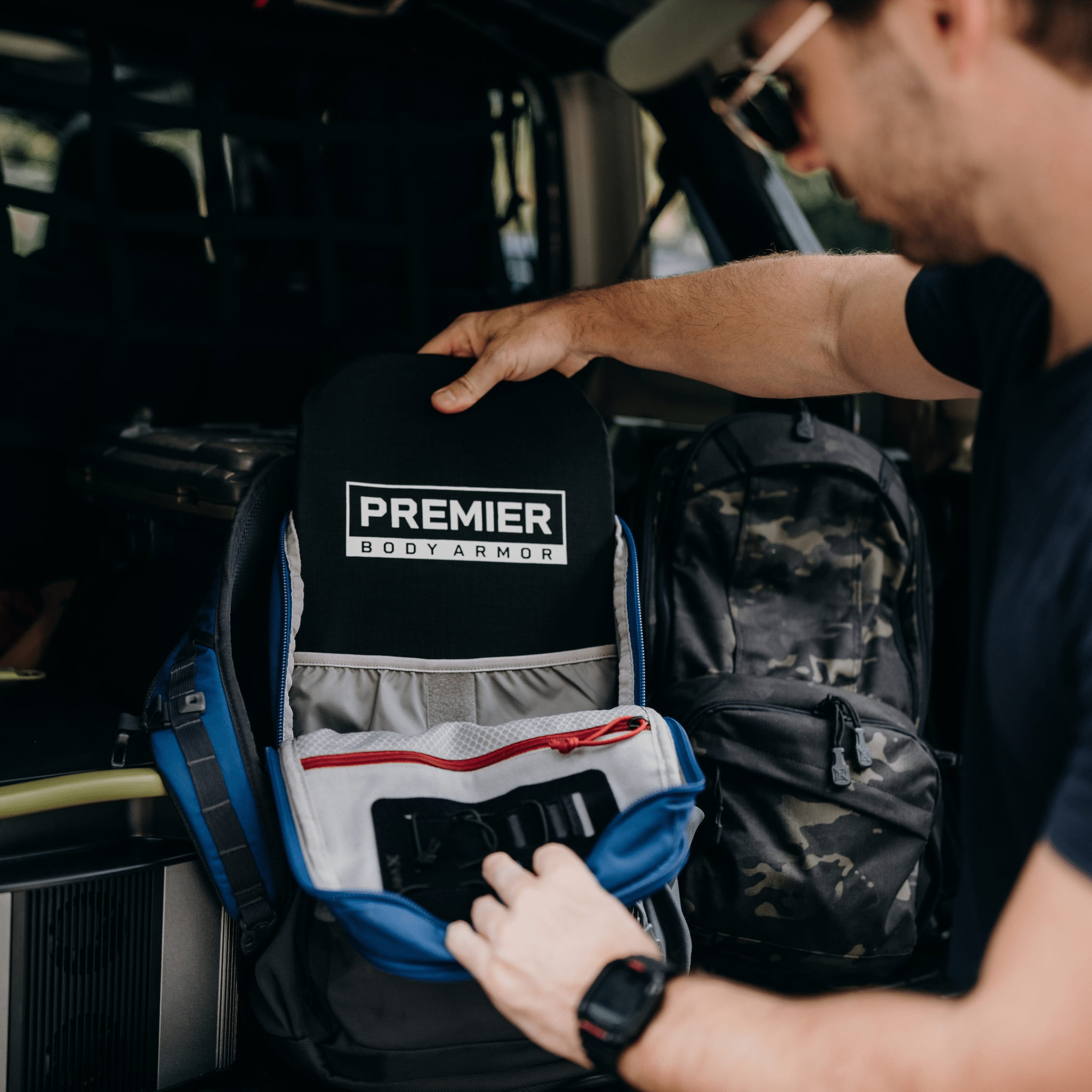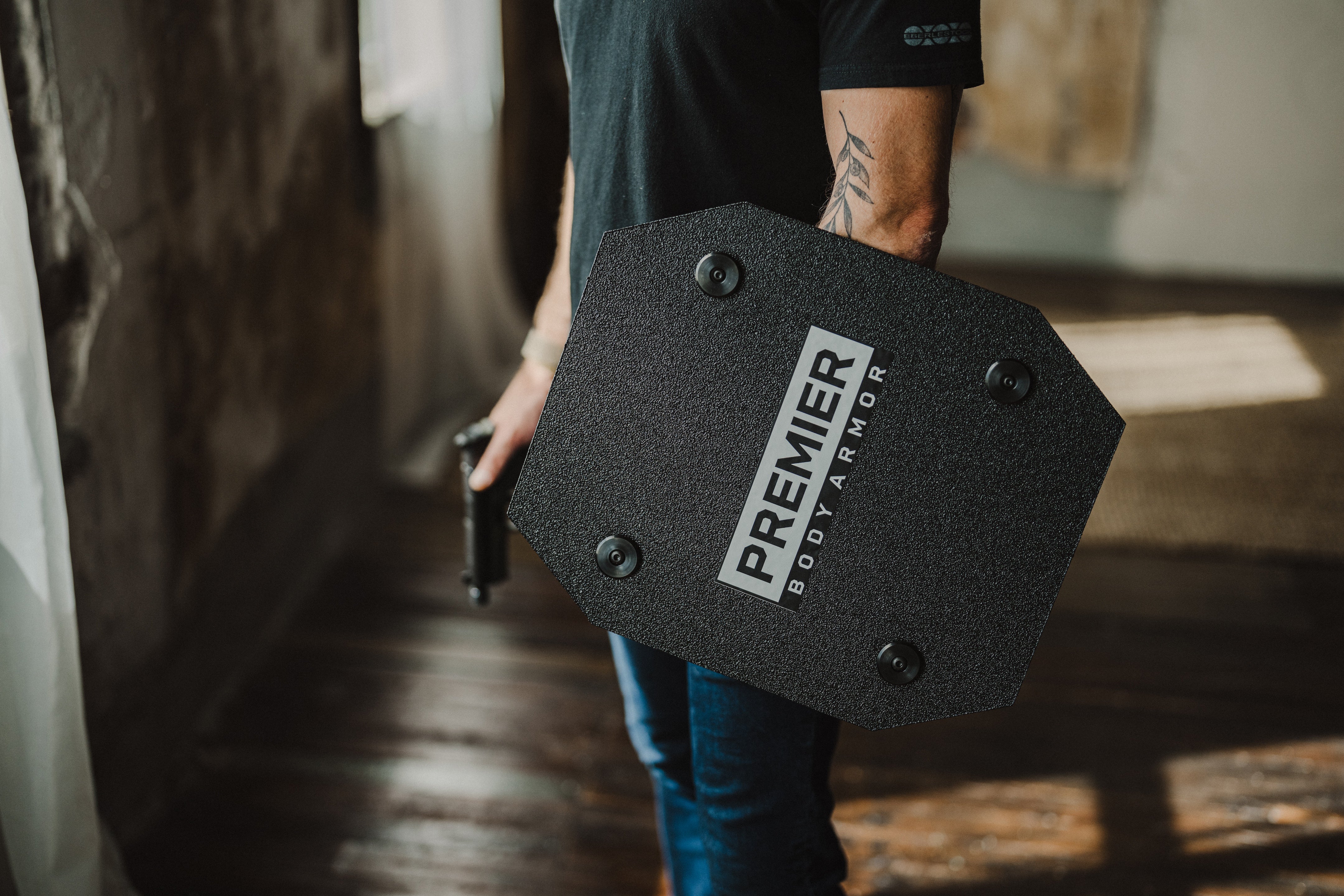What is Tap Rack Bang? Clearing Type 1 Malfunctions Effectively
Whether you’re on the range or in a life-or-death scenario, dealing with a firearm malfunction quickly can make all the difference. The tap rack bang drill is a fundamental technique used to clear a type 1 malfunction, commonly known as a failure to fire. It’s fast, simple, and effective, making it one of the first drills taught in defensive pistol courses and military training alike.
But the tap rack bang sequence is more than just muscle memory. It’s a lifesaving reflex that ensures your weapon gets back into the fight as quickly as possible. In this article, we’ll break down what TRB is, how it works, how to train it properly, and how to avoid common mistakes that could cost you time or worse.
Other blogs in this series
What Is Tap Rack Bang? Clearing Type 1 Malfunctions in 3 Steps
So, what is tap rack bang? It’s a rapid three-step malfunction clearance method used to resolve a type 1 malfunction, typically caused by a failure to feed or failure to fire. This kind of stoppage is often due to an improperly seated magazine, a dud round, or user error.
Rather than diagnosing the exact problem in the moment, TRB is a universal solution to get your pistol back into action quickly. It’s especially useful in high-stress environments where time is limited and situational awareness is critical.
For more complex malfunctions, check out our guide on Double Feed Malfunctions.
Tap: Ensure the Magazine is Fully Seated
The first step in the tap rack bang sequence is to tap the bottom of your magazine firmly with the palm of your hand. This ensures the mag is seated correctly, one of the most common causes of a failure to feed. If the mag is loose, the firearm won’t chamber a new round, regardless of how many are loaded.
Rack: Chambering a Round or Clearing a Jam
Next, rack the slide fully and with force. This motion ejects any bad round (if present) and chambers a fresh one from the magazine. For a tap and rack pistol drill to work correctly, you need to rack with intent, no weak or partial pulls. This step clears most weapon malfunction type 1 issues instantly.
Bang (or Back/Assess): Resume Firing After Addressing the Issue
Initially, the final step was “bang,” implying you continue firing. But in modern training, “tap rack reassess” or “tap rack back” is often used instead. After cycling the gun, reassess your environment and either re-engage or holster, depending on the scenario. Don’t fall into the habit of firing blindly just because the drill says “bang.”
Training Techniques for Mastering Tap Rack Bang
Mastering tap rack bang training takes consistent, deliberate practice. The goal is not just speed, but automaticity, making the movement instinctive when a malfunction occurs. Whether it is your first type 1 malfunction clearing or preparing for real-world defense, training under pressure is key.
Start slow to perfect the motion, then layer in stress, movement, and low light to simulate real-world conditions.
Ready for next-level training? Please read our guide on Low Light Shooting Drills.
Dry Fire Drills and Simulator Sessions
Practicing the tap rack bang drill through dry fire exercises at home is one of the safest and most effective ways to build muscle memory. Using snap caps or dummy rounds, you can rehearse the full motion without live ammunition, reinforcing speed, accuracy, and consistency.
Dry fire tools and simulators can introduce unexpected malfunctions, helping you train for failure to fire events in a more dynamic way. This unpredictability forces you to stay mentally engaged, improving your reflexes and decision-making under pressure. Regular dry fire practice sharpens fundamentals and builds confidence without the cost or logistics of live fire.
Live Fire Practice: Building Muscle Memory and Confidence
Live fire training is essential for reinforcing the tap rack bang sequence under realistic conditions. Incorporate tap rack training aid tools like dummy rounds, or have an instructor randomly insert inert rounds into your magazine. These induced malfunctions simulate real-world failures and force you to react authentically without pre-planning your response. This unpredictability builds confidence and sharpens your reflexes.
With repetition, your brain begins to recognize the feel and sound of a type 1 malfunction and responds automatically with the TRB sequence, just like it would for drawing, aiming, or reloading. The result: faster, more reliable performance under pressure.
Using Tap Rack Bang in Real-Life Scenarios
In real-world self-defense situations, malfunctions don’t wait for convenient timing. A pistol type 1 malfunction, typically a failure to fire, can happen when you're under extreme stress and in immediate danger. In that moment, there's no time to analyze what went wrong.
That’s where the tap rack and bang response become critical. It provides a fast, universal solution that keeps you in the fight without the need to troubleshoot under pressure.
When you pull the trigger and hear a “click” instead of a “bang,” your first instinct should be to execute the TRB sequence: tap the magazine, rack the slide, and reassess the threat. This fast, practiced reaction resolves many common issues, whether it’s a bad primer, an improperly seated magazine, or a feeding issue, without hesitation or panic.
The real strength of TRB lies in its simplicity and adaptability. It’s a one-size-fits-most fix that works in the chaos of close encounters. That’s why it's taught in settings ranging from beginner concealed carry courses to advanced military and law enforcement training. In a life-or-death moment, relying on a practiced, intuitive response like TRB could be the difference between stopping a threat or falling behind one.
Common Mistakes to Avoid While Performing TRB
While tap rack bang is one of the simplest and most effective drills in your defensive shooting toolbox, it’s not foolproof, especially if executed incorrectly. Minor errors can turn a quick fix into a bigger problem or leave your weapon nonfunctional in a critical moment.
-
Neglecting situational awareness: A common mistake is focusing entirely on the gun and forgetting about your surroundings. While clearing the malfunction, keep scanning your environment. Your biggest threat might not be the jam; it could be what’s happening around you.
-
Automatically defaulting to TRB: Not every malfunction is a type 1 malfunction. If you encounter a stovepipe or double feed, TRB may not solve it, and could even make it worse. Train to recognize different failures.
-
Partial slide racks: Weak racking won’t eject a bad round or load a new one. Always rack the slide with force and purpose; don’t ride it forward.
-
Incorrect magazine tap: A gentle pat won’t seat a misaligned mag. Make sure your magazine tap is firm and decisive, but not so aggressive that it damages the firearm.
Avoiding these common errors during a TRB drill will help ensure your responses are quick, effective, and adaptable under real-world stress.
The Bottom Line
The tap rack bang drill remains one of the most essential tools in a shooter’s toolbox. It’s fast, effective, and easy to execute under stress, making it ideal for resolving type 1 malfunctions when every second matters. But like any technique, it needs to be practiced regularly and correctly to become truly reliable.
Want to sharpen your malfunction response and tactical performance? Explore Premier Body Armor’s expert resources, training gear, and protective solutions, built for those who train like it’s real.










Leave a comment